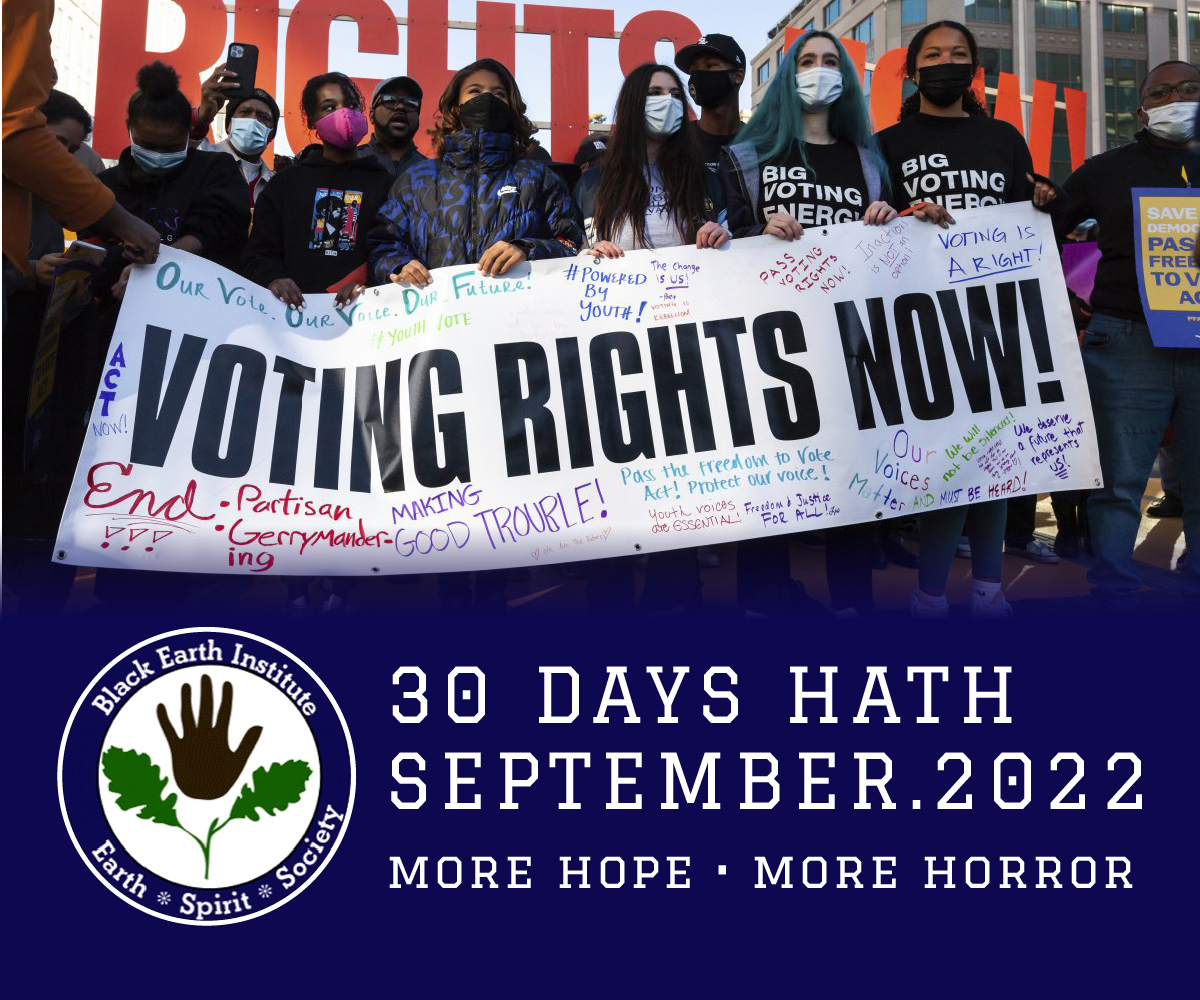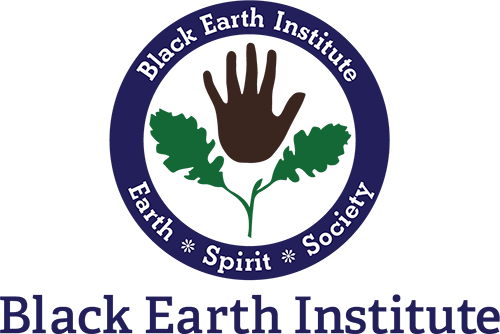
Photo credit: National Education Association
BY MARCELLA DURAND
A few months ago, New Yorkers who live in Lower Manhattan and parts of Brooklyn chose their representative in Congress for the newly drawn District 10. One of the losing candidates was the City Council member who had voted for the East Side Coastal Resiliency (ESCR) plan, which requires East River Park, a 52-acre park in the Lower East Side of Manhattan next to the FDR Highway, to be demolished and covered by eight feet of fill to create a flood barrier, and who has said that “how we reclaim our open space and redesign it” could be a “national model,” (interview with Ben Max, Gotham Gazette, August 4, 2022).
Now that this election is over, it is a relief that national implementation of what has been an environmental, physical and spiritual trauma to so many people in the Lower East Side may not be as definite a possibility as it seemed. And yet, I am not “happy” at her defeat—rather, I am melancholy that the question of where urban trees go and for whom they are planted and by whom they are desired was answered in ways that I fear will have continuing repercussions. The subtleties of who “belongs” to an area and what “belongs” in an urban area were painfully played by politicians, and NYC’s real-estate and construction industries. The lines between those who wanted to preserve at least parts of the park, or wanted stronger oversight of its destruction, and those who wanted the flood control offered by the new project and the vision of a new park, were harshly and deliberately deepened. And the differences between projects that protect people against the effects of climate change and those that address the cause of climate change were artfully blurred. It became very clear that in New York City, the car still reigns, and when it comes to choosing traffic over trees, well, I learned there wasn’t really a choice in the first place. (A proposal to deck over the FDR Highway to create both flood wall and additional parkland instead was quickly squashed.)
So much anguish over a flood wall and a park and a highway. A silent fury from silent elected officials who ignored, like a cement wall, any concerns over pollution, mental health, physical health, the health of the city, the body–our bodies–within a space of heat, pollution, and noise. Am I imagining that energy is being transformed into the matter of the new flood wall, that the concrete is being laid with anger? The treecutters certainly seemed to magnify and mirror our own anger—the more we yelled at them as they cut down the trees, the angrier they seemed as they cut them, the more they made sure to yell back at us, even yelling “Happy Earth Day” as they sawed an 80-year-old London Plane down. Perhaps that is what sparked my idea of placing mirrors over the trees—into the blank spaces where branches had been sawn off in preparation for wholesale timbering—so that the treecutters could see themselves, too, as they cut.
I have discovered I am not much of a politician, nor does politics give me much enrichment or inspiration or much of anything except anxiety, so I think instead about the creativity that has grown in place of the park’s destruction. I have been sketching trees “back”—drawing from their dirt-caked roots turned toward the sky—reconstituting them at least in pen (you can see some of my “Tree Transcriptions” on the Poetry Project’s website (https://www.poetryproject.org/publications/footnotes/work-from-plant-this-poem-with-imani-elizabeth-jackson-and-eleni-sikelianos/tree-transcriptions). I think of what the poet Tonya Foster has said to me about imagination, that we can still imagine, and so I imagine the trees back. But then I trace too in poetry their destruction, the bulldozers lifting them out of the soil, the dust of their passing.
I am also noting, perhaps collecting, the many new greenwashing terms—amazing how speedy and inventive Capital can be with language. These terms include “renovation”—as in the park is being “renovated,” as in mature trees and wildlife habitat can be renovated. “Rebuilt” is another one, again like soil containing ground-dwelling bees and mycelial networks can be rebuilt, by us, in a few years. “Green infrastructure” is a good one. Take out “green” and you have “infrastructure,” a word that rings attractively of steel, concrete and plastic. (Trees alas are not counted as infrastructure, nor perhaps even as green to a city that has become quite handy with artificial turf and green paint—the city literally calls a space green when it has been painted green.) The media likes the zing of “infrastructure” and its promise of action: Michael Kimmelman, in his article about ESCR for the New York Times (“What Does It Mean to Save a Neighborhood?” December 2, 2021), uses the adjectives “big, robust and swift.” Sounds wonderful. Sounds huge. Sounds like it will involve lots of concrete and steel and money! It does not sound like it will involve preserving mature trees, building around them, making sure not to disturb their roots, incorporating the delicate and unpredictable tracings of their leaf shadows upon hot concrete, appreciating the ephemeral and hard-to-measure effects of large trees upon a spectrum of urban life like air, peace, wind, light, rain, worry, fatigue, stress, oxygen, shadows.
Maybe it’s painful too, as a poet, to see how language—that which shapes our perceptions of reality—can be so torqued by power. Words literally mean their opposite: it is exhausting to question constantly one’s own reaction to words like “climate champion.” It takes X-ray vision and inside knowledge and a deep certainty that cutting mature trees and destroying wildlife habitat is not beneficial for the environment to stay sure in the face of language that is intended to distort our perceptions of our own physical reality; of how our body exists within a civic, urban space; of what is possible in relating our own community existence to what might exist with us in, ironically, nothing but a beneficial way. Perhaps that is what also breaks my heart, that the trees did nothing but give us shade and oxygen. Whatever the results of the latest election, it is essential for us to know the latest code words used for greenwashing, the words used to separate us from that which sustains and protects us.

